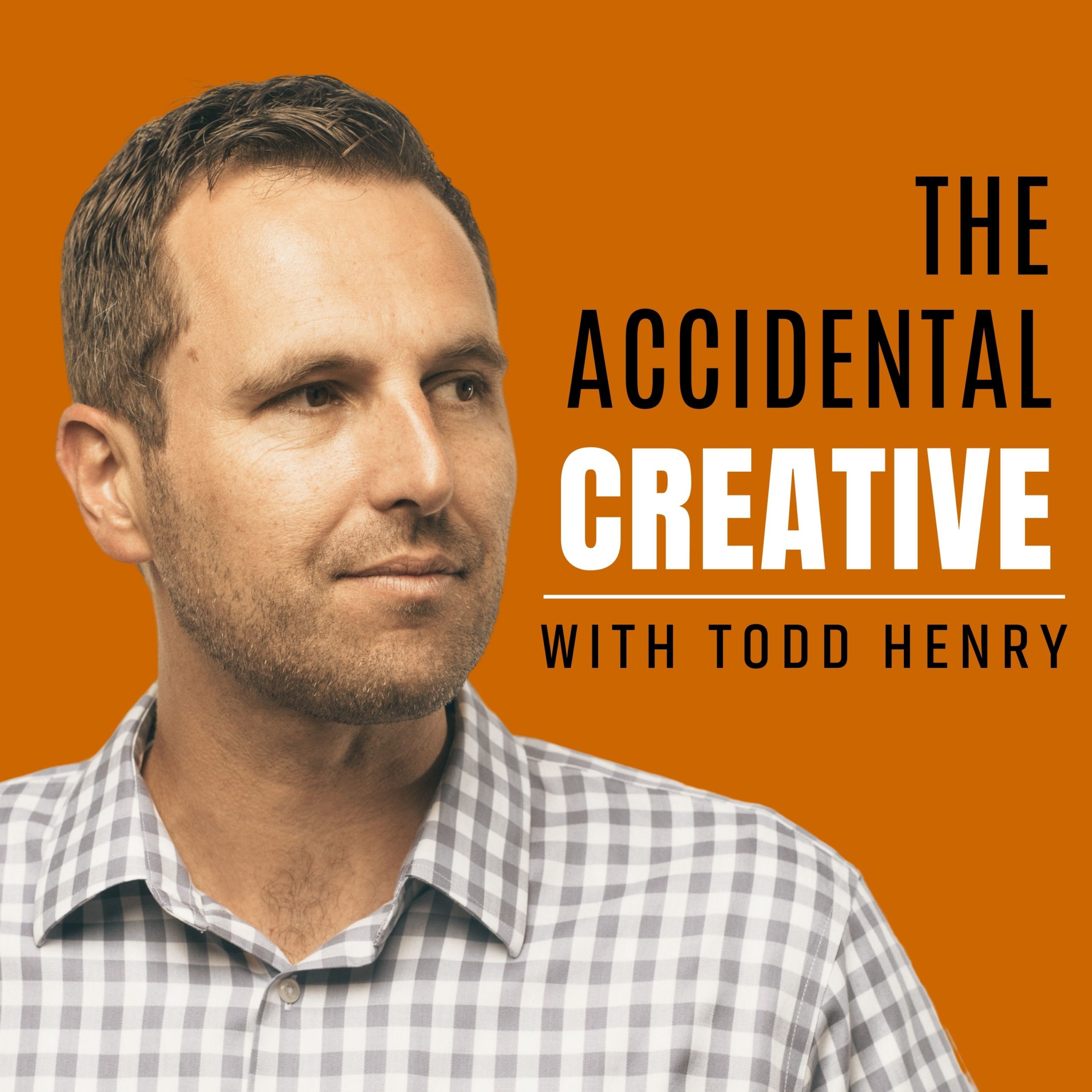
Whitespace, the empty space at the beginning of a project, is blank and barren. It possess no borders. Left unchecked, such a shapeless environment can be disorienting. It’s a total whiteout for your mind.
Fortunately, this very feature of whitespace yields a massive clue to how and conquer it: re-factor it into a unit with borders.
Think of it like a puzzle. A puzzle can have 10 pieces or a million, but they all have borders. Smart puzzle masters start conquering a puzzle by structuring the border. They work from the outside in. Why is this helpful? Because it quarantines off a manageable piece of the whitespace universe. Then, within that defined space, you can begin to carve out your focused idea.
Let’s explore how you might proceed from the edges on in.
Begin With Borders
As a former web application program manager, scope creep was my constant enemy, and it’s common in any kind of art. From writing to product creation to music, the scope of a project is always susceptible to metastasizing like a virus.
At its heart, scope creep is the same as a borderless attempt to create. It’s awkward, messy, and fragile. There aren’t clear expectations for what should hold our focus and what shouldn’t. When you try to do everything, nothing is done well.
That’s why borders are vital.
As we saw with puzzles, borders corner off a special area of whitespace that we can sink our creative teeth into. We begin to understand the purpose of the project (it exists to solve X, or communicate Y). It empowers us to say NO to requests that fall outside of the fence. And it energizes us to delve deeper into nuances that will make our creation unique.
Have you defined the borders of your project? Do you understand your limits?
Build With Rails
Rails are like guidelines, thoughtful paths that keep us on track without suffocating us with rigid notions. By contrast, hard and fast rules don’t serve. You need to establish clear pathways that allow you to re-factor your concepts and go deep.
When you try to do everything, nothing is done well.
Rails have both mindset and cultural components, and they’re applicable to teams and individuals. They define the terms of your engagement, your process, and your direction. They are what allow you to get where you’re going.
Is your process clear? Have you established rails for your work?
Rule with Re-Factoring
Re-factoring is about the big picture. It unites all of the elements of your work.
Trying to please everyone is a fool’s errand. To win consistently and to be effective in turning great ideas into great work, you need to play to your strengths and uniqueness. Identify and leverage your quirks and unique platforms. Once you have established boundaries and rails, you are free to diverge and explore possibility. The pragmatics have been taken care of for you. At each iteration of your project, think about how you can uniquely contribute to the work. Re-factor your objectives and re-define the space as you go, just like a potter refining and molding clay and discarding what’s not needed.
Have you thought about the unique platforms or skills you bring to the work? How can you continually refine and re-factor by applying them to your project?
==
Whitespace is certainly much less intimidating when approached with a system. Using these three principles will help you gain the focus you need to get moving quickly on your work and turn great ideas into great executions.
How about you? How do you deal with the pressure of whitespace?



Thank you for this great post. It reinforces something I have heard in other creative circles, and I think it is a universal truth that applies to many disciplines (Peter Drucker famously said that leaders are effective because they say No, not because they say Yes). Just last week this idea of borders/limits was brilliantly explained by Lee Lefever of Common Craft: http://www.commoncraft.com/how-constraints-help-common-craft-videos
Excellent, Eileen. Thanks so much for sharing the article.
I would rather invest on a agile scrum certification and Scrum Master Certification than a PMP. Weigh
both the options and chose one
PMI’s Project Management Professional (PMP)®
credential is the most important industry-recognized certification for project
managers. Recently I went for a PMP prep course by the
training provider you have mentioned, Instructer was too good and I passed with
relative ease. Looking forwards to apply what I learned in PMP classes in my company